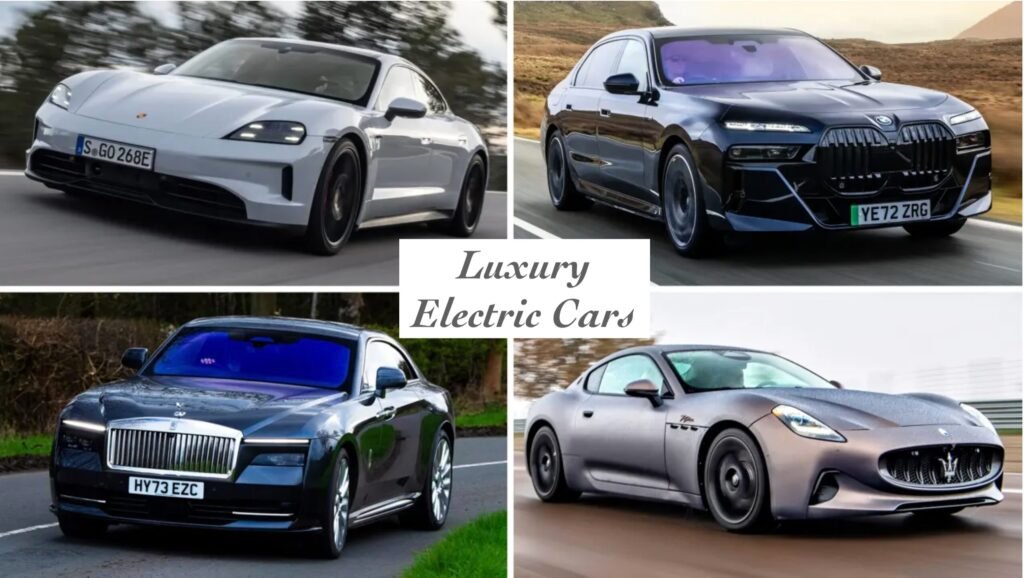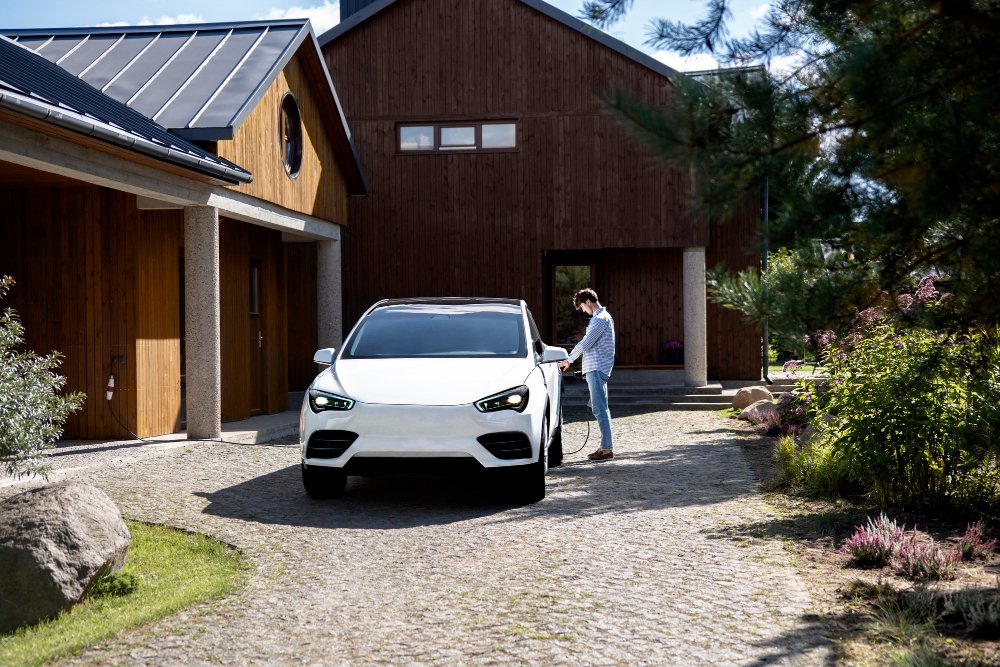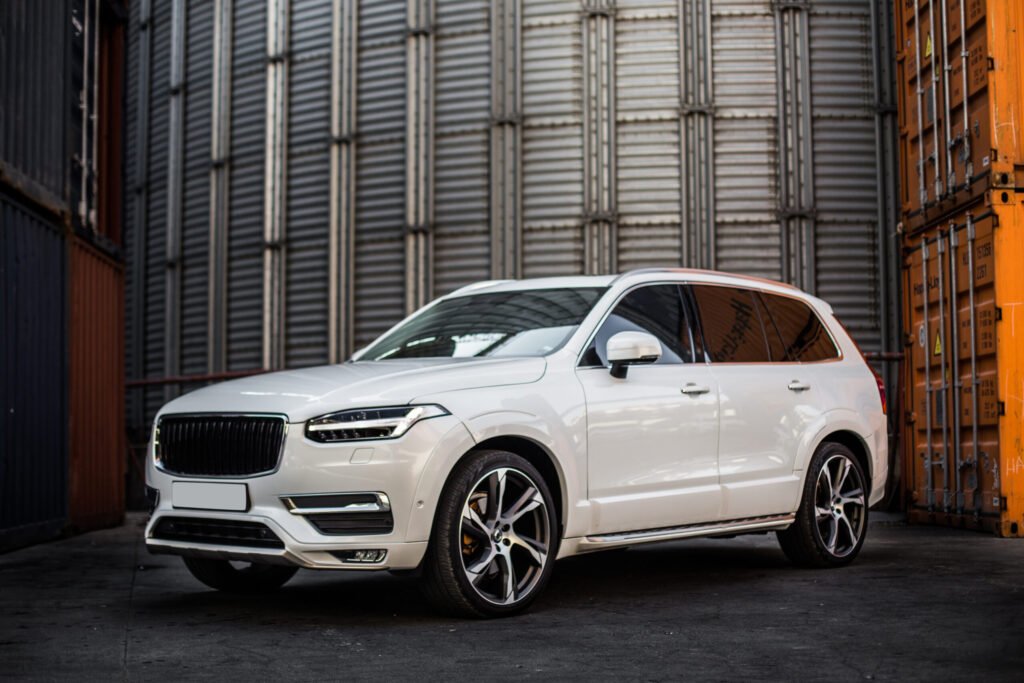The world of electric mobility has rapidly expanded in recent years, with vehicles now catering to every budget and lifestyle. Among the most exciting categories are luxury electric cars: innovation meets elegance—a segment that combines cutting-edge sustainability with refined comfort and prestige. No longer limited to compact city models or budget-friendly EVs, luxury electric cars are redefining what it means to drive with style while reducing one’s carbon footprint. This article explores the concept, benefits, challenges, real-world examples, and future trends of luxury electric cars, showing how innovation and elegance now coexist seamlessly in the automotive world.
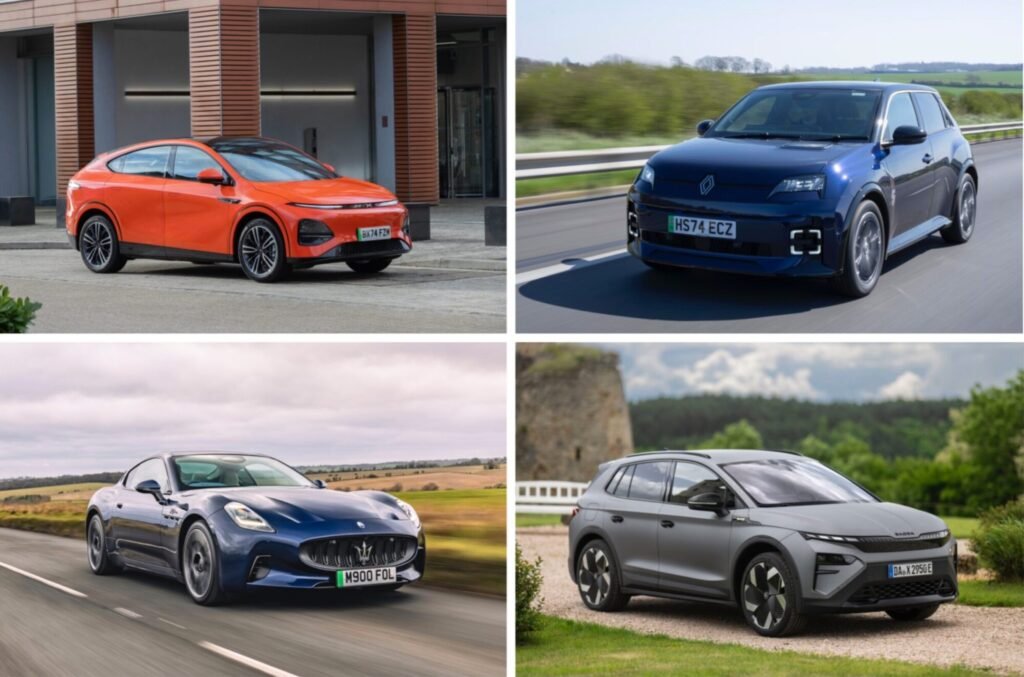
What Are Luxury Electric Cars?
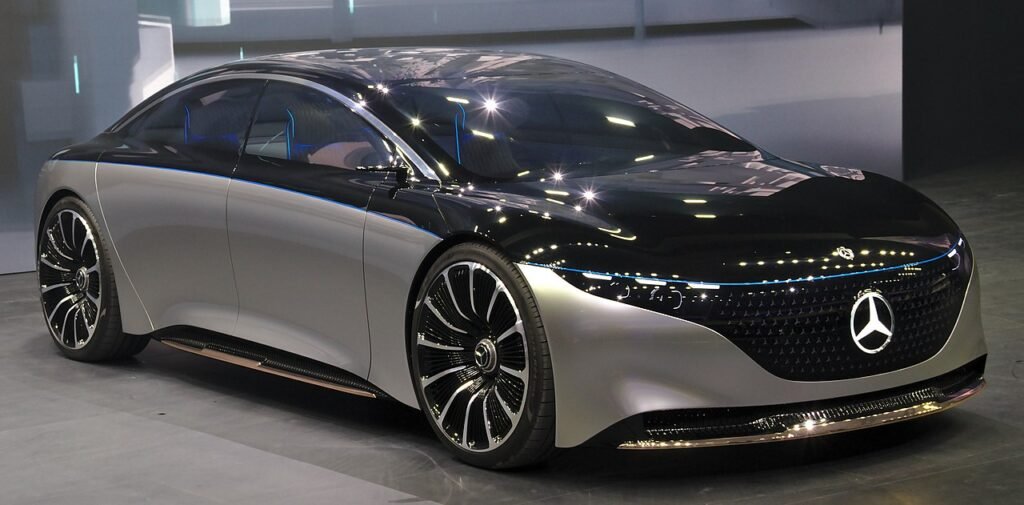
Luxury electric cars are high-end vehicles powered entirely by electricity, blending advanced EV technology with superior design, comfort, and performance. Unlike standard electric vehicles, these models prioritize not only efficiency but also elegance, exclusivity, and premium driving experiences.
They often include:
- Sophisticated interiors with sustainable materials like vegan leather or recycled textiles.
- Advanced tech integration such as AI-assisted driving, immersive infotainment, and smart connectivity.
- Superior performance, delivering instant torque, high horsepower, and extended driving ranges.
Examples of luxury electric car manufacturers include Tesla, Mercedes-Benz EQS, Porsche Taycan, and Lucid Air, all of which highlight the growing appeal of this niche.
Key Benefits of Luxury Electric Cars
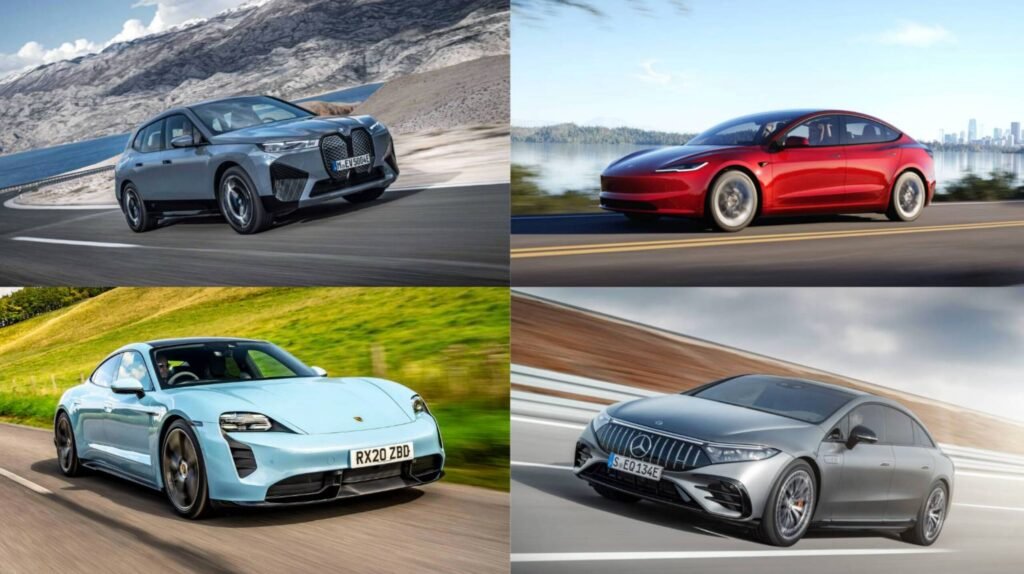
1. Sustainability Without Compromise
Luxury EVs prove that environmental responsibility doesn’t have to mean sacrificing comfort. Many models are built with recycled materials, solar-integrated features, and carbon-neutral production practices.
2. Advanced Technology
These cars serve as innovation testbeds. Features such as autonomous driving, AI-powered assistants, and augmented-reality dashboards often appear first in luxury EVs before trickling down to mainstream models.
3. Exceptional Performance
Luxury EVs are renowned for their lightning-fast acceleration, smooth driving experience, and long-range capabilities. For example, the Tesla Model S Plaid accelerates from 0 to 60 mph in under 2 seconds, competing with top supercars.
4. Prestige and Elegance
From bespoke interiors to panoramic glass roofs, luxury electric cars blend sustainability with sophistication, appealing to consumers who want status symbols without environmental guilt.
Challenges and Limitations

While luxury electric cars offer unmatched benefits, they are not without challenges:
- High Costs: Even with government incentives, luxury EVs often start at $70,000 and can easily exceed $100,000.
- Charging Infrastructure: Although improving globally, ultra-fast charging stations remain less widespread, creating range anxiety for long-distance drivers.
- Battery Longevity: Battery replacement costs remain high, though manufacturers are working on more durable and recyclable solutions.
- Limited Availability: Some models are only available in select markets, making accessibility difficult for potential buyers worldwide.
Real-World Examples of Luxury Electric Cars
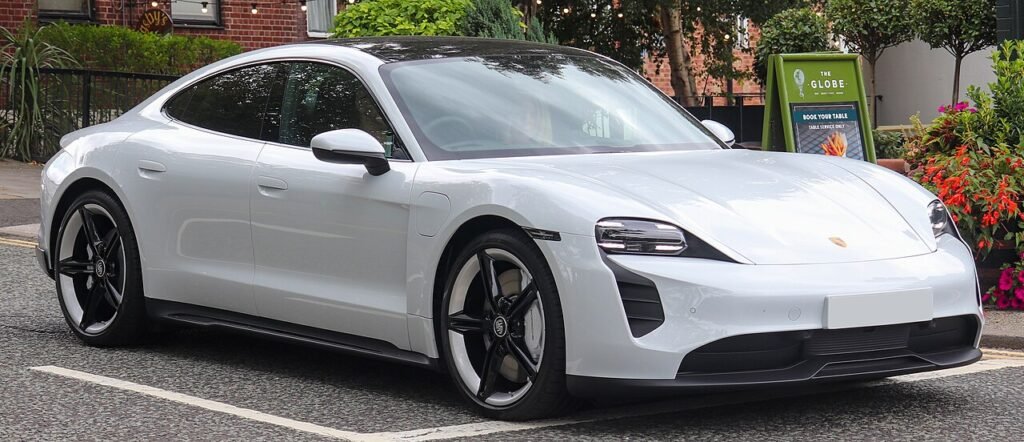
Tesla Model S Plaid
Known for record-breaking acceleration, Tesla’s flagship model blends futuristic software with performance rivaling sports cars.
Porsche Taycan
Combining Porsche’s legacy with cutting-edge EV tech, the Taycan delivers breathtaking speed, precision handling, and a luxurious cabin.
Mercedes-Benz EQS
Dubbed the “electric S-Class,” the EQS features a Hyperscreen dashboard, autonomous driving functions, and premium comfort.
Lucid Air
With up to 516 miles of range per charge, the Lucid Air sets benchmarks for both luxury and efficiency in the EV sector.
These examples prove that luxury EVs are not simply about driving from point A to B—they represent a fusion of innovation, sustainability, and exclusivity.
Future Trends and Predictions
Looking ahead, luxury electric cars are poised to become even more influential trendsetters:
- Solid-State Batteries: Promising faster charging and longer lifespans.
- Ultra-Fast Charging Networks: Expansion of 350kW+ chargers globally will reduce downtime dramatically.
- Personalization Through AI: Vehicles will adapt to driver preferences, from seat settings to entertainment choices.
- Luxury Sustainability: More brands will emphasize eco-luxury, using biodegradable interiors and carbon-neutral manufacturing.
- Expansion to SUVs and Sports Cars: Expect to see a broader range of luxury EV body types catering to diverse lifestyles.
Luxury electric cars are not just an automotive trend—they are shaping the future of sustainable transportation.
FAQ
What defines a luxury electric car?
A luxury electric car combines high-end features such as premium interiors, advanced technology, and superior performance with an all-electric powertrain.
Are luxury electric cars better for the environment?
Yes. While they consume more resources in production, they significantly reduce emissions during their lifecycle compared to traditional luxury cars.
Which brands are leading the luxury EV market?
Tesla, Porsche, Mercedes-Benz, Audi, BMW, and Lucid Motors are among the leaders in this segment.
Do luxury EVs have longer driving ranges?
Generally, yes. Many luxury electric cars offer 300+ miles per charge, with some models like the Lucid Air surpassing 500 miles.
Are they worth the price?
For buyers seeking sustainability, innovation, and prestige, luxury EVs are worth the investment. They offer unmatched performance and cutting-edge features.
Conclusion
The rise of luxury electric cars: innovation meets elegance marks a pivotal moment in the automotive industry. These vehicles prove that it is possible to enjoy prestige, performance, and elegance while embracing sustainability. From Tesla’s high-performance models to Mercedes-Benz’s ultra-luxurious EQS, luxury EVs are shaping the way forward—setting new standards that will eventually influence all levels of the market.
For anyone considering the switch, luxury EVs provide a glimpse into the future of driving—one where elegance and innovation move hand in hand with environmental responsibility.

